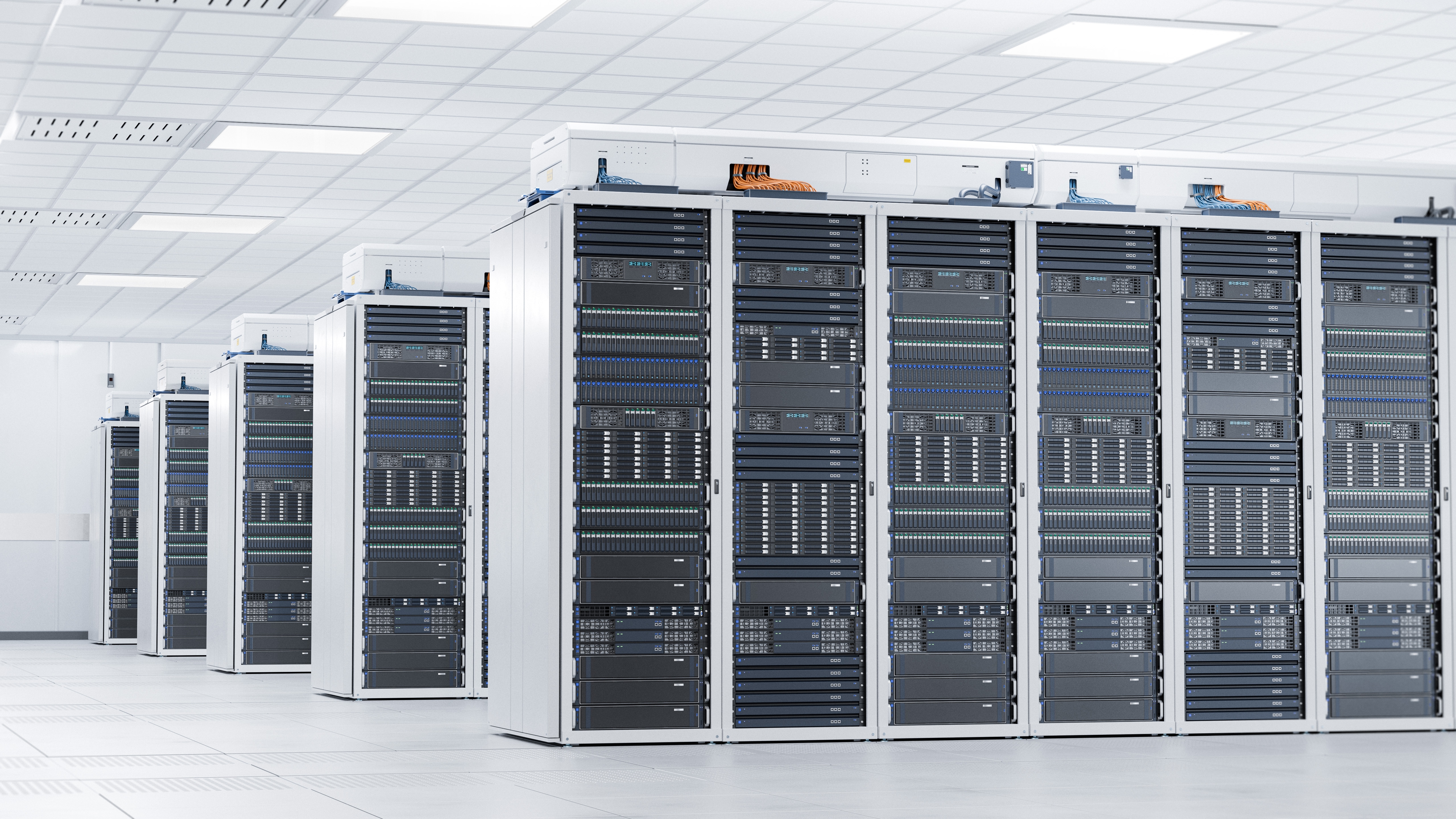
You’re considering Mainframe outsourcing as a solution that could help you reduce ongoing IT operations expenses but keep service levels intact or even improve them. There are some things you may not know, however, and for a decision this sweeping, you want to have all the facts in hand.
Some of the trade-offs and opportunities associated with Mainframe outsourcing as opposed to internal management may be obvious, but not all of them are readily apparent. Let’s review the options.
What you get by retaining internal Mainframe management:
- Full responsibility for researching, purchasing, housing, maintaining, upgrading and providing support for your Mainframe system and related applications. It’s a career opportunity for a fleet of people, depending on your company’s size, number of locations and data centers, etc. It’s expensive, and operations costs are on the rise.
That includes personnel costs. And you’re worried that you won’t be able to maintain required staffing because so many of your legacy system experts will retire soon. Younger techies just don’t have the familiarity and experience with your older system, and that could spell trouble down the road.
- A future filled with high capital investment costs to replace or upgrade Mainframe equipment. Sure, you get a deduction for depreciation, but that’s hardly your primary financial consideration.
You’re spread thin. The economic environment is tougher than ever, the technology landscape continues to evolve and you’re doing everything you can to retain a competitive edge and some level of profitability. It’s essential to reduce costs without reducing output, but you only have so much in the way of resources to go around.
And trying to manage your Mainframe system internally can be a bigger-than-ever distraction in a tepid economy that requires laser-like focus on core competencies and lean function at every step in order to thrive.
What you get with a Mainframe outsourcing partner:
- An expanded IT team, working partners providing explicit services but also support you with value-added advice and recommendations.
- Shared responsibility and risk. They own the equipment, maintain it and deal with the related personnel and overhead costs – which can be considerable, as you know. Your remaining IT internal staff can focus on other more productive and goal-specific tasks or projects.
- Assurance that service levels will remain the same, or that they’ll improve. It’s all spelled out in your service level agreement, the crux of the partnership contract with your outsourcing provider.
- Reduced support and software costs, because your people are no longer responsible for performing this work or purchasing applications, training, etc.
- Reduced labor costs, if you choose to downsize your IT department following transitioning to Mainframe outsourcing. Or you can keep these highly skilled tech experts and redirect their efforts.
- Scalable, variable costs that ride with usage. You pay for what you get, not static infrastructure and personnel levels designed for those times when you need maximum performance levels and overly costly when you don’t.
- Better-defined focus throughout your company, with reliably available IT service levels and quality.
There are sound reasons why Mainframe outsourcing is gaining popularity, especially for companies with tight budgets or tough global competition. And every company has bottom-line-conscious stakeholders, from employees to customers and investors. Even for companies with the healthiest of revenue streams, lower total cost of ownership and higher return on investment represent smart business practices everyone can appreciate.
Why waste money?

